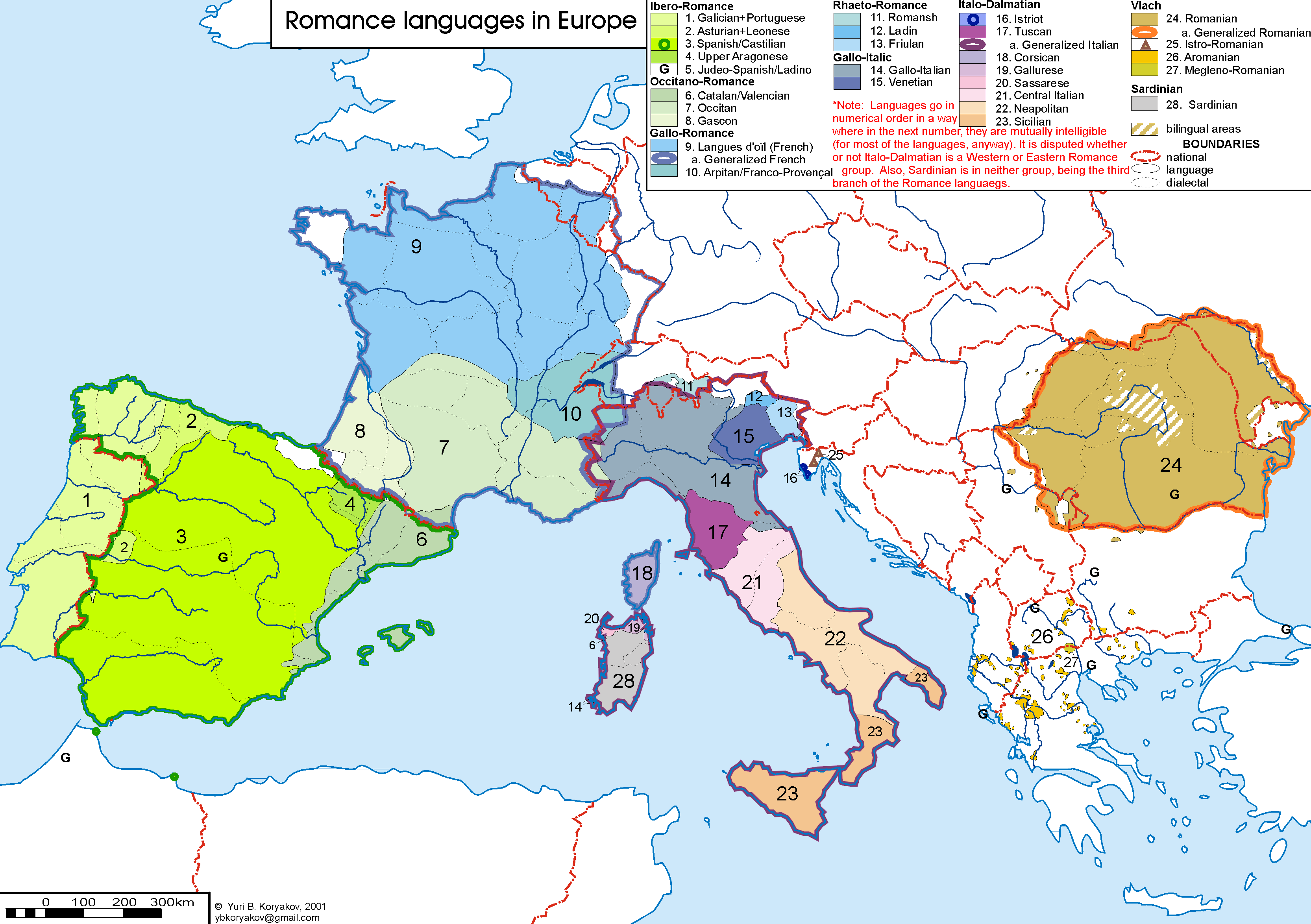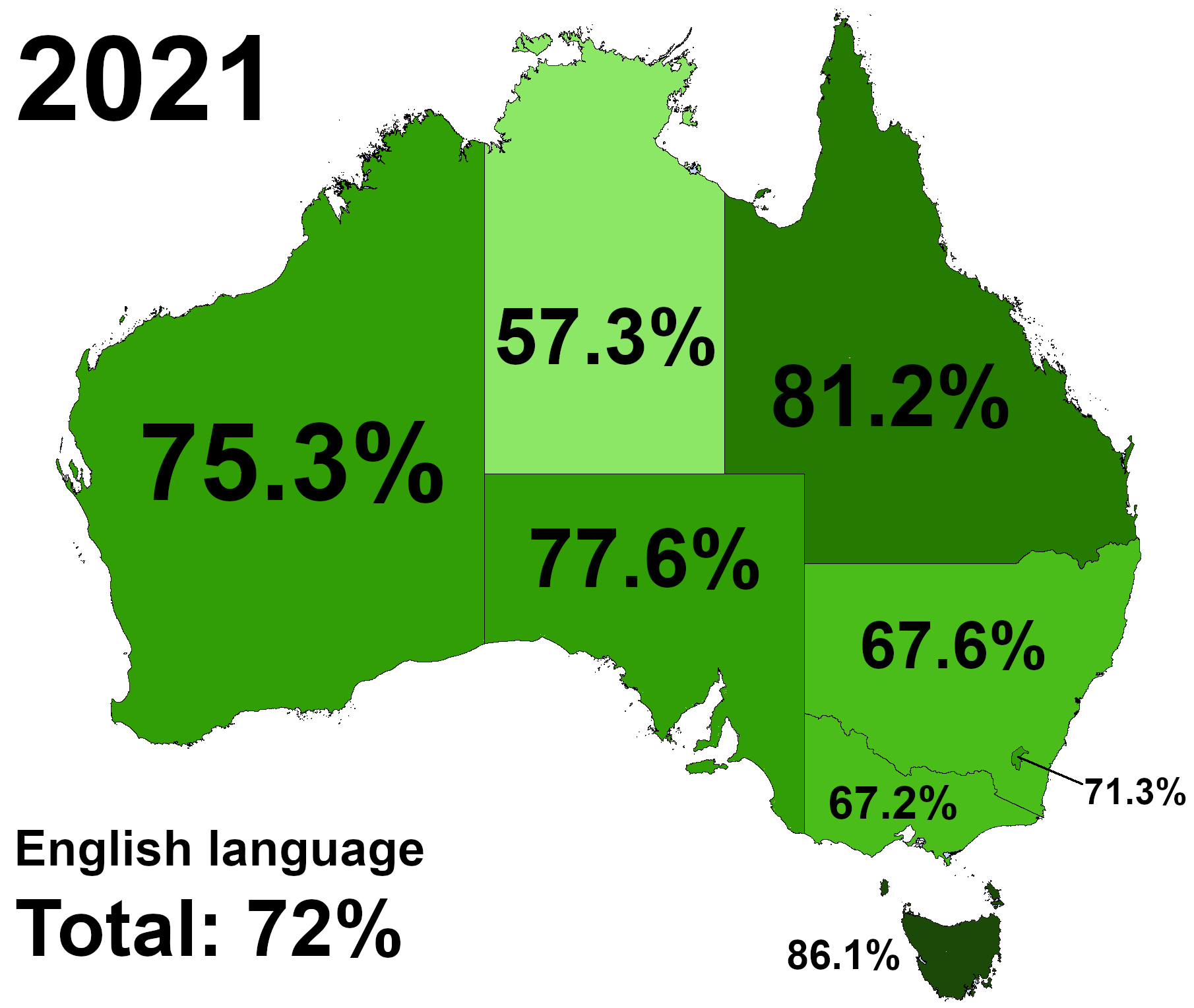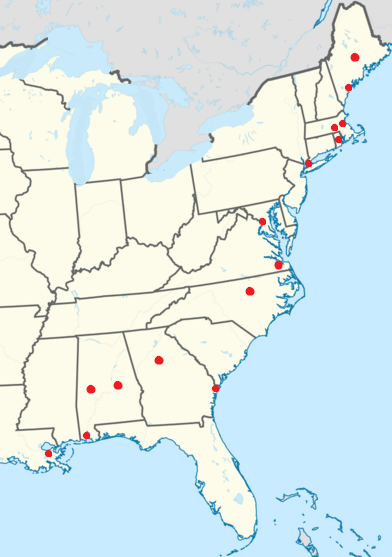|
Fusion (phonetics)
In phonetics and historical linguistics, fusion, or coalescence, is a sound change where two or more segments with distinctive features merge into a single segment. This can occur both on consonants and in vowels. A word like ''educate'' is one that may exhibit fusion, e.g. or . A merger between two segments can also occur between word boundaries, an example being the phrase ''got ya'' being pronounced like ''gotcha'' . Most cases of fusion lead to allophonic variation, though some sequences of segments may lead to wholly distinct phonemes. A common form of fusion is found in the development of nasal vowels, which frequently become phonemic when final nasal consonants are lost from a language. This occurred in French and Portuguese. Compare the French words "a white wine" with their English cognates, ''one, wine, blank,'' which retain the sound of the letter Ns. Often the resulting sound has the place of articulation of one of the source sounds and the manner of articulatio ... [...More Info...] [...Related Items...] OR: [Wikipedia] [Google] [Baidu] |
Phonetics
Phonetics is a branch of linguistics that studies how humans produce and perceive sounds or, in the case of sign languages, the equivalent aspects of sign. Linguists who specialize in studying the physical properties of speech are phoneticians. The field of phonetics is traditionally divided into three sub-disciplines on questions involved such as how humans plan and execute movements to produce speech (articulatory phonetics), how various movements affect the properties of the resulting sound (acoustic phonetics) or how humans convert sound waves to linguistic information (auditory phonetics). Traditionally, the minimal linguistic unit of phonetics is the phone (phonetics), phone—a speech sound in a language which differs from the phonological unit of phoneme; the phoneme is an abstract categorization of phones and it is also defined as the smallest unit that discerns meaning between sounds in any given language. Phonetics deals with two aspects of human speech: production ( ... [...More Info...] [...Related Items...] OR: [Wikipedia] [Google] [Baidu] |
Alveolar Consonant
Alveolar consonants (; UK also ) are articulated with the tongue against or close to the superior alveolar ridge, which is called that because it contains the alveoli (the sockets) of the upper teeth. Alveolar consonants may be articulated with the tip of the tongue (the apical consonants), as in English, or with the flat of the tongue just above the tip (the "blade" of the tongue; called laminal consonants), as in French and Spanish. The International Phonetic Alphabet (IPA) does not have separate symbols for the alveolar consonants. Rather, the same symbol is used for all coronal places of articulation that are not palatalized like English palato-alveolar ''sh'', or retroflex. To disambiguate, the ''bridge'' (, ''etc.'') may be used for a dental consonant, or the under-bar (, ''etc.'') may be used for the postalveolars. differs from dental in that the former is a sibilant and the latter is not. differs from postalveolar in being unpalatalized. The bare letter ... [...More Info...] [...Related Items...] OR: [Wikipedia] [Google] [Baidu] |
Palatalization (sound Change)
Palatalization ( ) is a historical-linguistic sound change that results in a palatalized articulation of a consonant or, in certain cases, a front vowel. Palatalization involves change in the place or manner of articulation of consonants, or the fronting or raising of vowels. In some cases, palatalization involves assimilation or lenition. Types Palatalization is sometimes an example of assimilation. In some cases, it is triggered by a palatal or palatalized consonant or front vowel, but in other cases, it is not conditioned in any way. Consonant Palatalization changes place of articulation or manner of articulation of consonants. It may add palatal secondary articulation or change primary articulation from velar to palatal or alveolar, alveolar to postalveolar. It may also cause a consonant to change its manner of articulation from stop to affricate or fricative. The change in the manner of articulation is a form of lenition. However, the lenition is frequently ... [...More Info...] [...Related Items...] OR: [Wikipedia] [Google] [Baidu] |
Bilabial Consonant
In phonetics, a bilabial consonant is a labial consonant articulated with both lips. Frequency Bilabial consonants are very common across languages. Only around 0.7% of the world's languages lack bilabial consonants altogether, including Tlingit, Chipewyan, Oneida, and Wichita, though all of these have a labial–velar approximant /w/. Varieties The bilabial consonants identified by the International Phonetic Alphabet The International Phonetic Alphabet (IPA) is an alphabetic system of phonetic notation based primarily on the Latin script. It was devised by the International Phonetic Association in the late 19th century as a standard written representation ... (IPA) are: Owere Igbo has a six-way contrast among bilabial stops: . Other varieties The extensions to the IPA also define a () for smacking the lips together. A lip-smack in the non-percussive sense of the lips audibly parting would be . The IPA chart shades out ''bilabial lateral consonants'', wh ... [...More Info...] [...Related Items...] OR: [Wikipedia] [Google] [Baidu] |
Affricate
An affricate is a consonant that begins as a stop and releases as a fricative, generally with the same place of articulation (most often coronal). It is often difficult to decide if a stop and fricative form a single phoneme or a consonant pair. English has two affricate phonemes, and , often spelled ''ch'' and ''j'', respectively. Examples The English sounds spelled "ch" and "j" ( broadly transcribed as and in the IPA), German and Italian ''z'' and Italian ''z'' are typical affricates, and sounds like these are fairly common in the world's languages, as are other affricates with similar sounds, such as those in Polish and Chinese. However, voiced affricates other than are relatively uncommon. For several places of articulation they are not attested at all. Much less common are labiodental affricates, such as in German, Kinyarwanda and Izi, or velar affricates, such as in Tswana (written ''kg'') or in High Alemannic Swiss German dialects. Worldwide, relative ... [...More Info...] [...Related Items...] OR: [Wikipedia] [Google] [Baidu] |
Romance Language
The Romance languages, also known as the Latin or Neo-Latin languages, are the languages that are Language family, directly descended from Vulgar Latin. They are the only extant subgroup of the Italic languages, Italic branch of the Indo-European languages, Indo-European language family. The five list of languages by number of native speakers, most widely spoken Romance languages by number of native speakers are: * Spanish language, Spanish (489 million): official language in Spain, Mexico, Equatorial Guinea, the Sahrawi Arab Democratic Republic, SADR, Cuba, Dominican Republic, Puerto Rico and most of Central America, Central and South America * French language, French (310 million): official in 26 countries * Portuguese language, Portuguese (240 million): official in Portugal, Brazil, Portuguese-speaking African countries, Portuguese-speaking Africa, Timor-Leste and Macau * Italian language, Italian (67 million): official in Italy, Vatican City, San Marino, Switzerland; mi ... [...More Info...] [...Related Items...] OR: [Wikipedia] [Google] [Baidu] |
Australian English
Australian English (AusE, AusEng, AuE, AuEng, en-AU) is the set of variety (linguistics), varieties of the English language native to Australia. It is the country's common language and ''de facto'' national language. While Australia has no official language, English is the first language of Languages of Australia, the majority of the population, and has been entrenched as the ''de facto'' national language since the onset of History of Australia (1788–1850), British settlement, being the only language spoken in the home for 72% of Australians in 2021. It is also the main language used in compulsory education, as well as federal, state and territorial legislatures and courts. Australian English began to diverge from British English, British and Hiberno-English after the First Fleet established the Colony of New South Wales in 1788. Australian English arose from a Koiné language, dialectal melting pot created by the intermingling of early settlers who were from a variety of d ... [...More Info...] [...Related Items...] OR: [Wikipedia] [Google] [Baidu] |
Yod Dropping
The phonological history of English includes various changes in the phonology of consonant clusters. H-cluster reductions The H-cluster reductions are various consonant reductions that have occurred in the history of English, involving consonant clusters beginning with that have lost the (or become reduced to ) in some or all dialects. Reductions of /hw/ The cluster (spelled ⟨wh⟩ since Middle English) has been subject to two kinds of reduction: * Reduction to before rounded vowels (due to being perceived as a with the labialization characteristic of that environment). This occurred with the word ''how'' in the Old English period, and with ''who'', ''whom'' and ''whose'' in Middle English (the latter words having had an unrounded vowel in Old English). * Reduction to , a development that has affected the speech of the great majority of English speakers, causing them to pronounce ⟨wh-⟩ the same as ⟨w-⟩ (sometimes called the ''wine–whine merger'' or '' gl ... [...More Info...] [...Related Items...] OR: [Wikipedia] [Google] [Baidu] |
Elide
In linguistics, an elision or deletion is the omission of one or more sounds (such as a vowel, a consonant, or a whole syllable) in a word or phrase. However, these terms are also used to refer more narrowly to cases where two words are run together by the omission of a final sound. An example is the elision of word-final /t/ in English if it is preceded and followed by a consonant: "first light" is often pronounced "firs' light" (). Many other terms are used to refer to specific cases where sounds are omitted. Citation forms and contextual forms A word may be spoken individually in what is called the Lemma (morphology), citation form. This corresponds to the pronunciation given in a dictionary. However, when words are spoken in context, it often happens that some sounds that belong to the citation form are omitted. Elision is not an all-or-nothing process: elision is more likely to occur in some styles of speaking and less likely in others. Many writers have described the styles ... [...More Info...] [...Related Items...] OR: [Wikipedia] [Google] [Baidu] |
General American
General American English, known in linguistics simply as General American (abbreviated GA or GenAm), is the umbrella accent of American English used by a majority of Americans, encompassing a continuum rather than a single unified accent. It is often perceived by Americans themselves as lacking any distinctly regional, ethnic, or socioeconomic characteristics, though Americans with high education, or from the (North) Midland, Western New England, and Western regions of the country are the most likely to be perceived as using General American speech. The precise definition and usefulness of the term continue to be debated, and the scholars who use it today admittedly do so as a convenient basis for comparison rather than for exactness. Some scholars prefer other names, such as Standard American English. Standard Canadian English accents may be considered to fall under General American, especially in opposition to the United Kingdom's Received Pronunciation. Noted phoneti ... [...More Info...] [...Related Items...] OR: [Wikipedia] [Google] [Baidu] |
American English
American English, sometimes called United States English or U.S. English, is the set of variety (linguistics), varieties of the English language native to the United States. English is the Languages of the United States, most widely spoken language in the United States and, since 2025, the official language of the United States. It is also an official language in 32 of the 50 U.S. states and the ''de facto'' common language used in government, education, and commerce in all 50 states, the District of Columbia, and in all territories except Puerto Rico. Since the late 20th century, American English has become the most influential form of English worldwide. Varieties of American English include many patterns of pronunciation, vocabulary, grammar, and particularly spelling that are unified nationwide but distinct from other forms of English around the world. Any North American English, American or Canadian accent perceived as lacking noticeably local, ethnic, or cultural markedness ... [...More Info...] [...Related Items...] OR: [Wikipedia] [Google] [Baidu] |
Received Pronunciation
Received Pronunciation (RP) is the Accent (sociolinguistics), accent of British English regarded as the Standard language, standard one, carrying the highest Prestige (sociolinguistics), social prestige, since as late as the beginning of the 20th century. It is also commonly referred to as the Queen's English or King's English. The study of RP is concerned only with matters of pronunciation, while other features of standard British English, such as vocabulary, grammar, and Style (sociolinguistics), style, are not considered. Language scholars have long disagreed on RP's exact definition, how geographically neutral it is, how many speakers there are, the nature and classification of its sub-varieties, how appropriate a choice it is as a standard, how the accent has changed over time, and even its name. Furthermore, RP has changed to such a degree over the last century that many of its early 20th-century traditions of transcription and analysis have become outdated or are no long ... [...More Info...] [...Related Items...] OR: [Wikipedia] [Google] [Baidu] |


